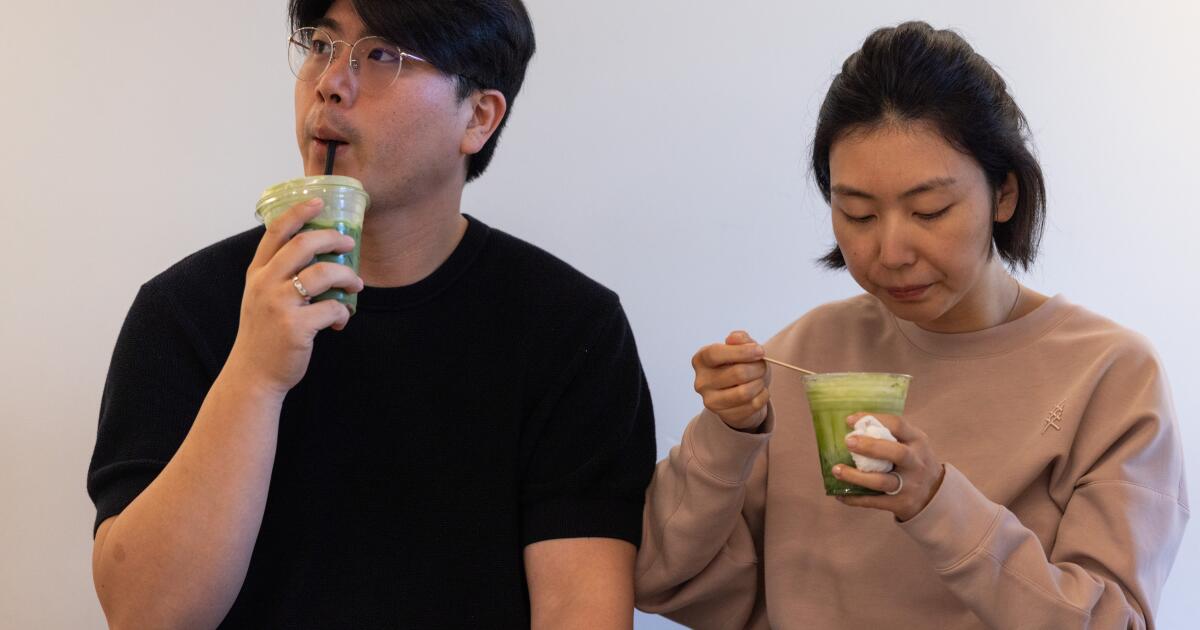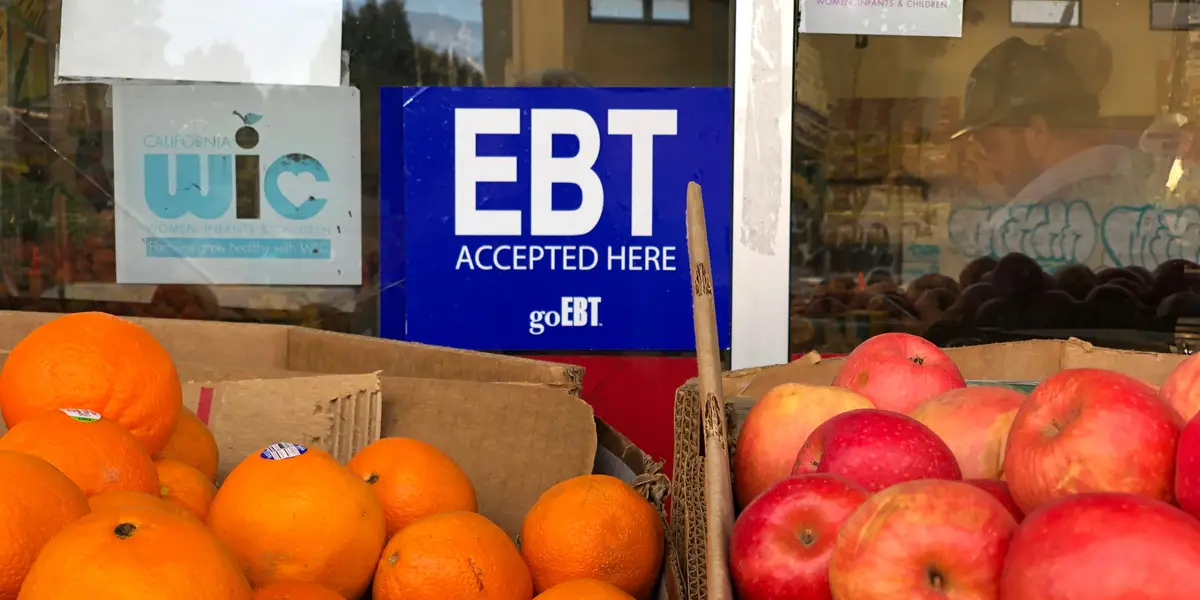Copyright Los Angeles Times

The matcha drinks at Kin Bakeshop are so popular that some customers wait hours for their fix. The little Santa Barbara cafe was going through more than four pounds of the Japanese tea on its busiest days when it started getting tough to get a reliable supply. This summer, the matcha dealer called to say that after a decade of importing from Japan, she had been forced to start rationing supply. There was no longer enough of the potent powder for everyone. Kin Bakeshop found new supplies and hiked its prices, but the customers kept coming, said Tommy Chang, owner of the cafe. “It’s like the harder that it is to get your hands on it, the more people want it,” he said. “They just need their matcha. They’ll come here no matter what.” A growing thirst for matcha is roiling a delicate supply chain from Japanese tea farms to California’s cafes. The tea leaves are grown in the shade, specially processed and then stone-ground into the bright green, earthy powder used in drinks and desserts. As matcha’s bold aesthetic and health benefits have taken social media and consumers by storm, Japanese production is under strain from an aging population and hotter climate. That’s sent prices surging, and businesses scrambling to secure supply. Exacerbating the problem is the fact that coffee shops are doubling and tripling down on their demand by heaping more matcha in drinks, said Lauren Purvis, who supplies Kin Bakeshop and other local cafes with tea and matcha. Traditionally, she has trained shops to use three grams of matcha in one serving, but recently she said some are using as many as nine grams, a fact that shocked her producers. “A lot of my producers are like, ‘We have never seen a moment like this in the history of Japanese tea,’” she said. Before the recent matcha boom, Japanese tea farmers were struggling to keep the industry alive. Younger Japanese have abandoned tea fields to work in cities and generally prefer coffee over tea. But signs of a shortage began to emerge in the summer last year as demand skyrocketed overseas. Purvis, who founded Mizuba Tea Co. in 2013, first felt the effects in December. An order was months late because one of her usually reliable Japanese suppliers didn’t have enough of the specialized tins used to package the matcha. Then her producers told her that as much as 30% of their spring harvest was lost due to abnormally hot temperatures. When the tea leaves went up for auction in the summer, prices tripled. Those increases have started to hit U.S. consumers, who are facing an added cost due to 15% tariffs on imports from Japan. The Japan Tea Export Promotion Council has warned that shipments to the U.S. have been delayed by tariff processing. Some shipments have been stuck at customs and are at risk of being disposed of or sent back. “Tariffs are just the icing on the cake,” Purvis said. “Matcha is just going to get a lot more limited and a lot more expensive.” When Chang started Kin Bakeshop in 2020, he only needed a couple of bags per week. Now he buys them by the dozen, with extra orders whenever he can get it. After the first time the store ran out of matcha, he started keeping emergency stores, though those are often empty too. “I’m in shock that it’s happening,” he said. Matcha has taken over his menu. It now includes a strawberry matcha latte, black sesame matcha, and coconut matcha cloud. When he learned that the supply of his usual matcha was restricted, Chang decided to spend about $135 per pound, or 70% more, on a higher grade of matcha that was less prone to shortages. The store used to serve matcha desserts too, such as lemon yuzu mochi doughnuts dusted with matcha, but now saves the precious powder for beverages. Historically, the U.S. has been the largest consumer of Japanese tea. But as matcha demand has gone global, U.S. businesses are increasingly competing with buyers from Europe to the Middle East to Southeast Asia. The Japan Tea Export Promotion Council estimates that the total volume of tea exports increased by 154% in 2024 compared with a decade earlier. The U.S. went from accounting for 45% of exports to 32% in the same time frame. To meet market demand, the Japanese government has encouraged tea farmers to increase production of tencha, the tea used to make matcha, sometimes at the expense of other types of tea. Other countries such as China, Vietnam and South Korea are also growing more tencha. But new plants take years to cultivate, and suppliers said there is deep penchant among buyers for Japanese matcha, which is seen as the highest quality. The scarcity has prompted some businesses to resort to extreme measures. Purvis said one producer she works with had a stranger show up and refuse to leave without matcha. Jason Eng, who works in business development and partnerships for Kametani Tea in Nara, Japan, said buyers are asking to sign annual contracts to secure matcha for the following year. “Our buyers and partners overseas, they are all running dry, and they’re panicking,” he said. “Even new clients are asking for a ridiculous amount of tea. It’s completely unsustainable.” Luke Alcock, founder of Premium Health Japan, a matcha supplier in Uji — a city near Kyoto famous for its fine tea —said he’s gone from simply facilitating sales to buying and holding his own stock to ensure he can supply brands through next year’s harvest. Although about 40% of his clientele is in the U.S., he’s gotten increasing inquiries from the Middle East and Europe, even with rising prices. He’s also been careful to protect the privacy of his suppliers, since buyers are so eager to get more matcha. He’s also been careful to protect the privacy of his suppliers, since buyers are so eager to get more matcha. One customer requested the contact information of a manufacturer, which Alcock assumed was for customs clearance. That customer then used the details to reach out to his supplier and do business directly. “People are just ruthless,” he said. “We’re still seeing how the market reacts, but it’s showing that people are going to keep buying.”



